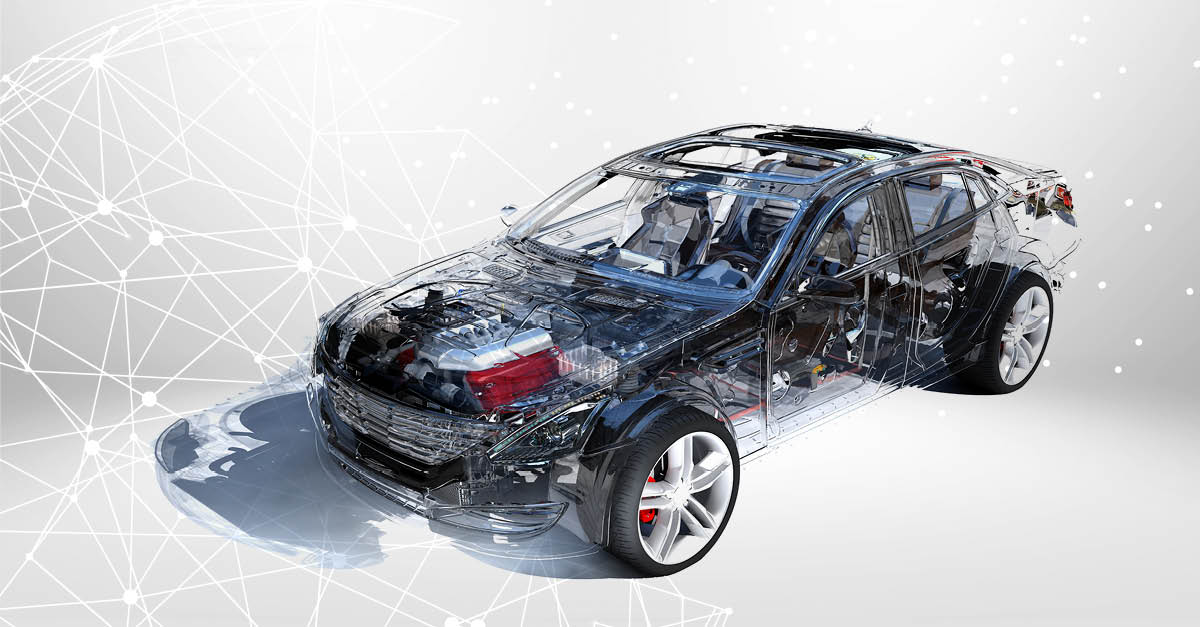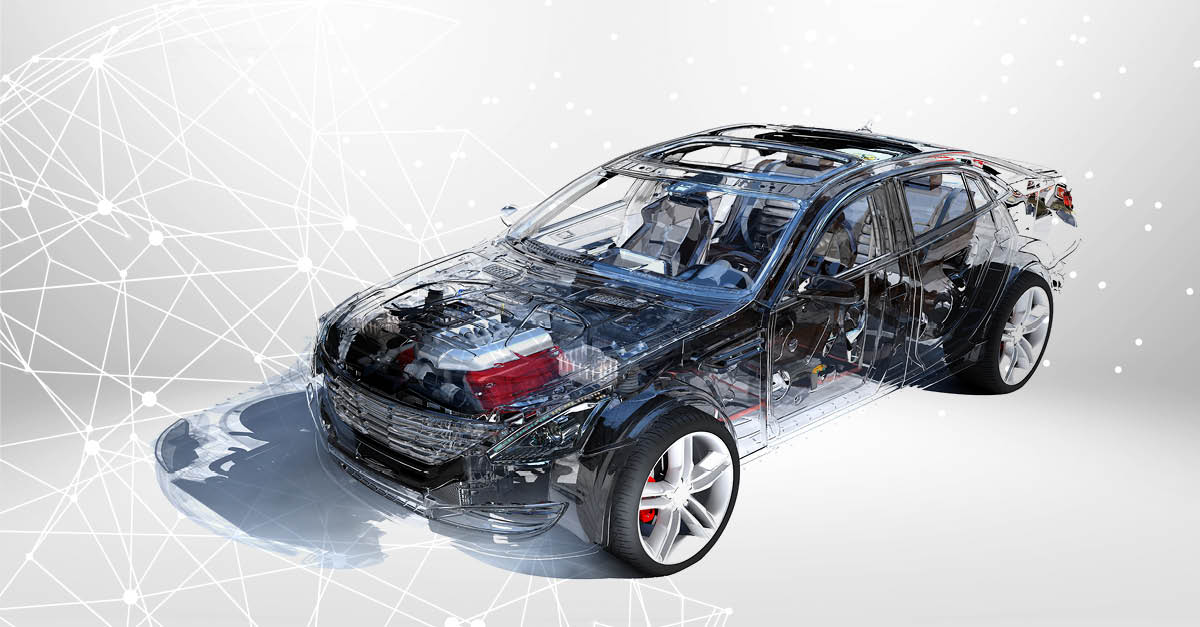High-performance compounds in automotive engineering. 8 important aspects for innovative designers.

The topic of high-performance compounds consists of far more than PEEK and Co. Every designer who is looking for new ways to replace metal, for example - whether for reasons of weight or corrosion - must be aware that, as an innovative pioneer, he is embarking on "winding paths full of stumbling blocks". This article is intended to show what needs to be taken into account to ensure that development projects with high-performance compounds are successful.
High performance is multifaceted
High-performance compound can mean two things: On the one hand, it is of course based on materials that, for example, have an exceptionally long/high temperature resistance or ensure an extremely long component life or also have excellent tribological behavior. On the other hand, high-performance compounds also simply stand for the fact that they are capable of providing a high degree of process and functional reliability even at very low investment costs - for example, via a narrowly defined flowability in processing or a specific thermal conductivity in the application. High performance can therefore very well take place "on a large scale" as well as "on a small scale".
Keyword: Turnaround in large-scale production
There were times when one or the other automotive supplier liked to hear statements like: "PEEK? No, we'll never use that here." Today, the world definitely looks different. In addition to the advantages in terms of lightweight construction or functionality, there is also the huge advantage of "large-scale production" (we are talking here about a good 50 or even 100 million components per year): In terms of tooling costs, plastic injection molding scores well over machining or deep drawing of metals.
High-performance compounds alone do not ensure top performance in automotive engineering.
More investment - more return!
Equipping or upgrading a passenger compartment with plastics is the mandatory or standard program in terms of materials. Whether it's covers or drawers, for example, both can be easily solved on the plastics side with "mass plastics" or standard materials such as PC/ABS or polypropylene. When it comes to a higher requirement level - when the topic of temperature or additional functionality such as electrical or thermal conductivity comes into play - the wheat begins to separate from the chaff for the material developers. When it goes even further into the areas of structural mechanics or metal replacement, the air becomes very thin. A good example of this is the area of battery packs/lithium batteries for electric vehicles: With a carbon fiber-reinforced high-performance material, the weight can be reduced by a factor of two or more.
High performance also means control of product life
Whatever the cars of the future look like, they will in all likelihood have more actuators and thus more sensors and more control options on board. And they will definitely have further improved power density. Primarily not because the materials are getting better and better (which they are, of course), but simply because it will be easier and easier to measure and control the power. As a result, the more precise predictability, for example in terms of heat generation, will mean that it will no longer be necessary to "pack on" such large safety cushions as in the past. Components made of high-performance plastics can therefore be dimensioned even more precisely in line with requirements - both in terms of their technical load-bearing capacity and their resulting product service life.
The early involvement of the material developer.
In the past, designers often said, "The component must be made with 30 percent glass fibers. Dear material supplier: now do it." And if it didn't work right the first time, they just made it a little thicker - maybe ten more ribs until it worked. Things are different today. Today, there are primarily exact requirement profiles with detailed functional descriptions and it is becoming more and more the supplier's task:
a) independently select the material according to the needs,
b) to provide support in production or mold design (for example, to involve a suitable injection molder or even to carry out filling simulations) and
c) also to sample before.
In short: The pure material supplier has largely become obsolete. The material developer, who is involved in the development at an early stage and can accompany all design steps, is in demand.
Accurate predictive capability in terms of "Where is the journey going?"
The advantage of a high level of material expertise on the part of the material developer pays off at many corners and ends of a development project. This is especially true when it comes to estimating the material development time that may be required. Those who have reliable expertise in this area can realistically assess which material requirements can be met in the short term from the "construction kit" and which material requirements need a new development and whether this is actually feasible within the project framework.
It is always the total package of material, expertise, experience and service level that ultimately counts.
Do I need materials or do I need solutions?
One swallow doesn't make a summer ... The same is true, figuratively speaking, for high-performance plastics. Even the supposedly best material, the most outstanding material alone does not accelerate a development process or guarantee the smooth injection molding of an extremely economical high-performance component. It is the overall solution that leads to the goal at the end of the day. For a really good material developer, this means that he never leaves his material - and his customer - "alone" at any time. That he also advises on processing, is sometimes at the machine in case of doubt, knows the tools and has a material optimization "in stock" if necessary.
Sometimes, however, things simply go differently than planned.
Every now and then, the best ideas come to you when you are already in the middle of the development process. "Suddenly“, you get the idea that you need laser marking capability, or that it would be good if the material could also be welded, or that it would make sense to use differently colored plastics in camera-monitored production. Anyone who has a pure material supplier here who is just as stiff as his material is ill-advised. What is needed here is high performance, also in terms of flexibility, in order to be able to react successfully - i.e. purposefully - to changes in course.
Conclusion: Only in the overall package do high-performance plastics develop their full effect.
High-performance compounds only unfold their full potential if all the decisive parameters are coherently brought together under one hat. To achieve this, the material should ideally come from a material developer (rather than a pure material supplier) who is familiar with all aspects of development and production and who can make precise recommendations on this basis. Simply because he has both the experience and knowledge/expertise as well as the appropriate product portfolio to offer developers and designers exactly the scope and investment security they need. In short: from a leading material developer like LEHVOSS.

